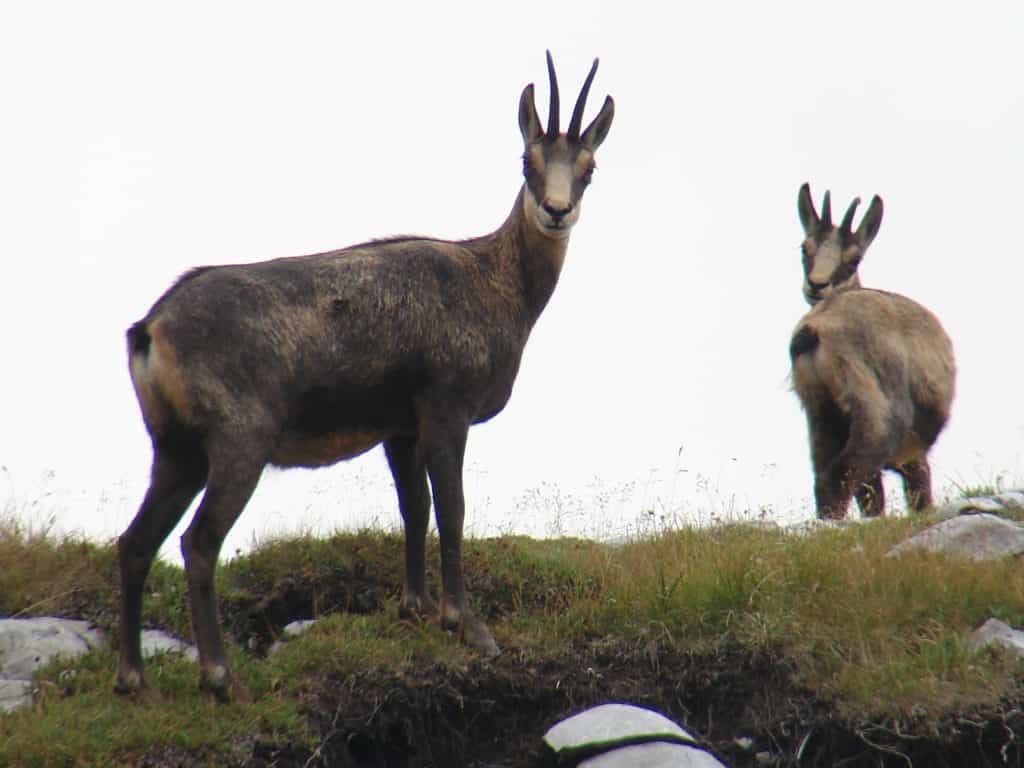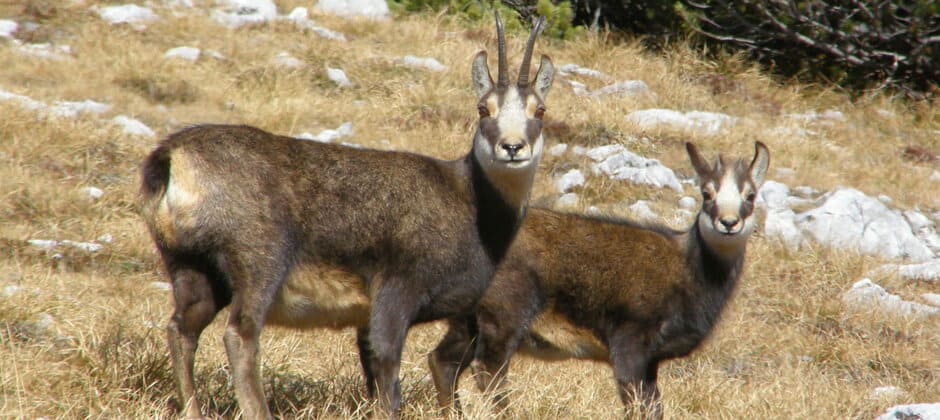Share this article
JWM: Chamois survival drops due to climate change
Populations of chamois in the Italian Alps are decreasing due to the ongoing effects of climate change.
“The ratio of yearlings to adult females was strongly declining during the study period,” said Roberta Chirichella, a senior postdoctoral researcher in natural science at the department of veterinary medicine of the University of Sassari and the lead author of a study published recently in the Journal of Wildlife Management.
Previous research showed that climate change was affecting Alpine chamois (Rupicapra rupicapra), a type of goat, in other parts of the Alps. Chirichella and her colleagues wondered if this rang true in northeastern Italy.
They turned to census data recorded by various hunting associations — the animals are one of the most popular game species in northern Italy. The data included yearly counts of animals divided into age classes, usually conducted in the summer, from 2001 to 2015.
From this information, Chirichella and her co-authors derived the yearly ratio of kids to adult females as well as yearlings to females. The difference in numbers of kids to yearlings can tell them how many animals survived their first winter.
The analysis showed that the ratio of kids to adult females declined slightly over the study period, while the ratio of yearlings to adult females strongly declined.
The most likely reason for this decline is less forage availability for the animals during the birth season as well as an increase in summer temperature. The researchers examined climate data from 10 weather stations in the study area and estimated the temperature where the chamois were observed. They also used satellite images to estimate vegetation cover.

Lack of forage availability due to climate change is likely partly to blame for dropping numbers of young chamois. Credit: Andrea Mustoni
The team found the vegetation availability during the yearly birth period dropped over the 15 years.
While chamois are relatively plentiful currently, Chirichella said the trend could be concerning if it continues. To reverse this decrease in chamois recruitment, she recommended installing stricter hunting quotas.
“If wildlife management can adapt to this new trend of the species, I think the species will have no problem,” she said.
Chamois recruitment also may be affected soon by the arrival of another predator. Gray wolves (Canis lupus) have recently recolonized the area, though it’s unclear to what degree they might affect population of the goats.
This article features research that was published in a TWS peer-reviewed journal. Individual online access to all TWS journal articles is a benefit of membership. Join TWS now to read the latest in wildlife research.
Header Image: Chamois recruitment is dropping in the Italian Alps. Credit: Andrea Mustoni








